Oceanography professor discusses zone management approach

With increasing attention on a zonal system for aquaculture management and certification, we turned to Jon Grant for his views on shared resources among industries and how to best protect the world’s most productive ecosystems.
Grant is a professor at Dalhousie University’s Department of Oceanography and chair of the Natural Science and Engineering Research Council of Canada (NSERC) Industrial Research in Sustainable Aquaculture in conjunction with Cooke Aquaculture of Blacks Harbour, New Brunswick, Canada. It’s a five-year research program intended to assist universities in building science and research strengths with industry partners and provide enhanced training for graduate students and postdoctoral fellows.
Cooke, as many Advocate readers are aware, is the largest vertically integrated, independently owned salmon farming company in North America. It operates farms in Canada, Chile, Scotland and the United States.
Zone management is considered an effective tool to prevent or control the spread of disease. What are the other applications or benefits?
Zone management has other benefits beyond disease control, the first being that it is consistent with an ecosystem approach to aquaculture (EAA) advocated by [the United Nations’ Food and Agriculture Organization], among others. In EAA, a larger, system approach is considered to extend beyond the boundaries of a single farm, involving wider biodiversity and habitat health. This is also consistent with a view of aquaculture in the context of marine spatial planning (MSP), the modern version of coastal zone management. MSP allows consideration of a variety of coastal activities (shipping, fishing, etc.) in addition to aquaculture for management purposes.
An additional benefit of zone management is dealing with culture waste streams such as fecal material. The cumulative effects of aquaculture potentially lead to far-field impacts (beyond the local area of the farm). For example, discharge from shrimp farms to coastal waters can add to eutrophication. Separation of farms and regulation of culture or farm density has the potential to avoid these impacts. For similar reasons, spatial management of fallowing is important. Although there are waste streams from both finfish and shellfish, the latter may become food limited due to suspension feeding of phytoplankton. Avoidance of so-called “seston depletion” is a fundamental aspect of culture management.
If zonal management of aquaculture is undertaken, it will invariably cross over into the activities of other coastal resource users. It should therefore be viewed as a comprehensive approach to aquaculture as well as other marine activities, with the overarching goal of preserving ecosystem goods and services.
What regions of the world are already employing some form of this? Is it solely for certification or other purposes? Is Canada utilizing zone management in any noteworthy ways for aquaculture?
Zone management is increasingly recognized as an essential approach to aquaculture regulation by both government and certification bodies. The latter are only in the initial stages of dealing with this approach, and GAA has adopted a leadership position. NGOs such as the Sustainable Fisheries Partnership have also embraced zone management. At governmental levels, FAO has long been a proponent as mentioned above. Among researchers and government regulators, there is a history of zone management applied to disease control in salmon farming. Canada led this effort in attempting to control ISA in New Brunswick in the 1990s, based on research from the Department of Fisheries and Oceans (DFO). Bay management areas (BMA) were set up on the basis of tidal ellipses to isolate year classes and avoid vertical transmission.
Other measures such as zoning of farm density and fallow cycles have also been included. Since that time, the physical oceanography applied to the establishment of BMA has grown in sophistication, and been used in disease risk models to varying degrees on the West Coast of Canada, Chile, Norway and Scotland. Other forms of zone management based on control of nutrient release from fish farms have also been applied in Scotland. Finally, DFO has recently applied zone management to shellfish farms in Prince Edward Island to avoid seston depletion.
How long have you been working in this area, and do what do you feel is its true potential?
I have been working on these problems since the late 1980s, initially applied to seston depletion and management of carrying capacity in shellfish. The fundamentals have not changed: water movement is central to every aquaculture issue. Then, as now, the challenge has always been in elaboration of flow speed and direction, resolved at scales of ~100m. The numerical models used for this purpose are time consuming to implement and groundtruth, and result in detailed maps of flow that change constantly with wind and tide. Complex topography (coastlines, island) and bathymetry provide even more difficulty. Nonetheless, these models are the basis of prediction for where water goes, and thus its burden of particles, food, nutrients and other materials.
The research I conduct incorporates the physical models and uses scenario analysis (what-if?) to conduct numerical experiments into disease risk, waste dispersal, animal growth rate and other quantities of interest as a function of farm location and density. The models (physical + biogeochemistry + disease) are therefore useful for site selection and planning as well as subsequent management. There is unlimited potential for these models, and we are conducting a case study with Cooke Aquaculture in Nova Scotia to demonstrate how effective this type of management approach can be.
This is not to say that all forms of zone management require these models. Standards require auditable results, and therefore hard data. For example, in bivalve culture, growth data fill this criterion and are responsive as indicators of crowding. Zone management approaches for all forms of aquaculture are not entirely worked out, but I am pleased to continue working with Global Aquaculture Alliance technical committees on this topic. There’s also a major new EU Horizon 2020 program on zonal management led out of Scotland called AquaSpace, which I am pleased to be a part of.
Author
-
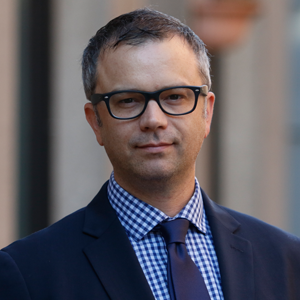
James Wright
Editorial Manager
Global Aquaculture Alliance
Portsmouth, NH, USA
Tagged With
Related Posts
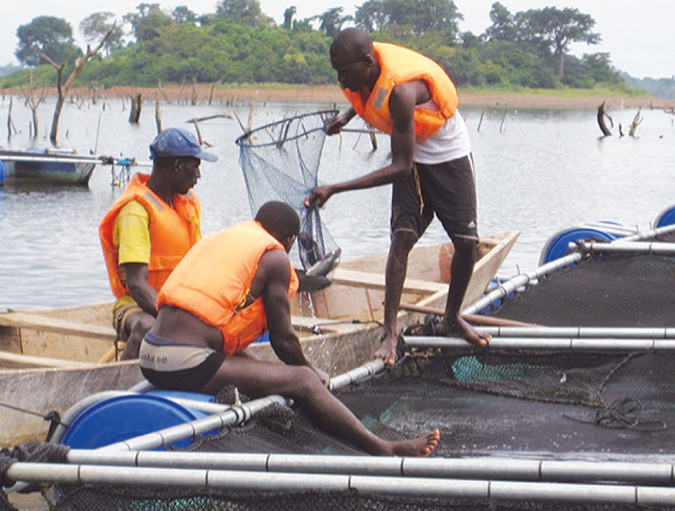
Innovation & Investment
Large-scale tilapia project driving aquaculture development in Ivory Coast
A large-scale aquaculture project in Ivory Coast, with "soft technology" adopted by Societe d’Elevage et de Distribution de Poissons, allows the full growing cycle to be controlled using local materials, manpower and inputs.
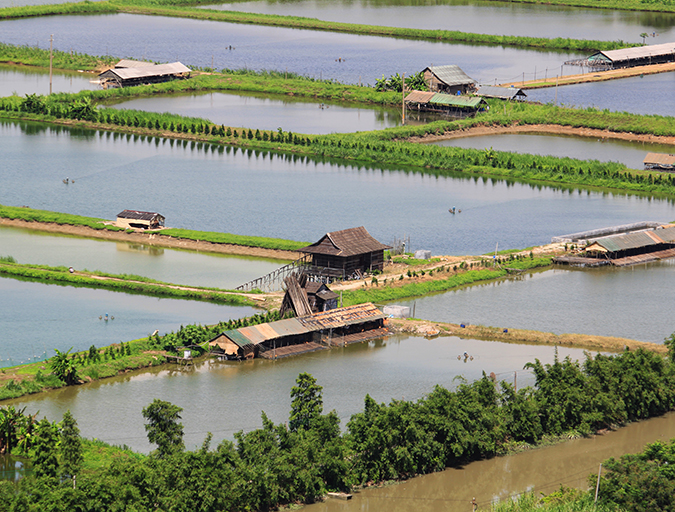
Responsibility
Aquaculture certification steers to zone management
Zone management is an emerging field of interest among industry stakeholders. Experts say it will aid in controlling diseases and in determining carrying capacities. We take a closer look at the management tool’s potential.
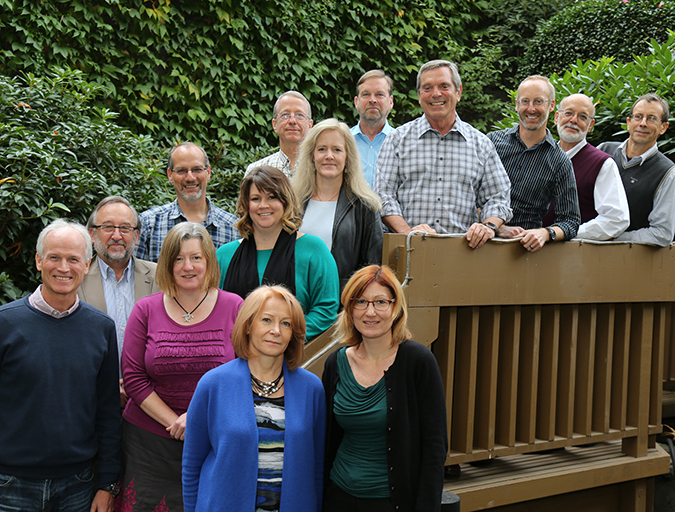
Responsibility
In pictures: GAA Standards Oversight Committee
The Global Aquaculture Alliance's Standards Oversight Committee (SOC) met on Saturday, Oct. 24, 2015, at the Four Seasons Hotel in Vancouver, British Columbia, Canada. GAA's annual GOAL conference will be held at the hotel this week.
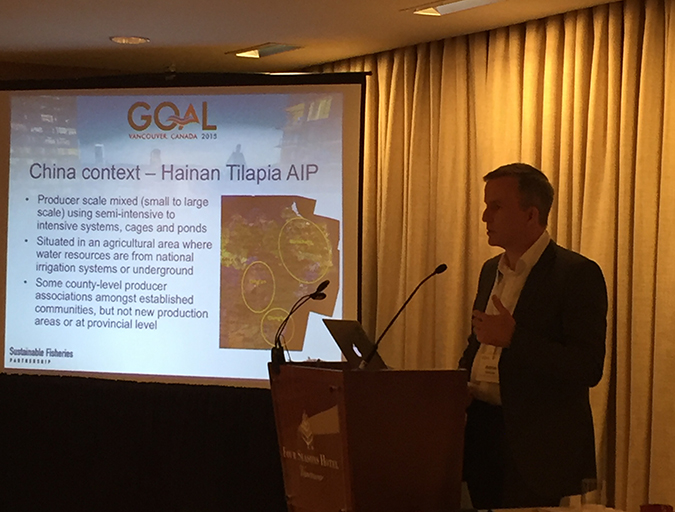
Responsibility
Zone management: Can aquaculture producers collaborate?
At the GOAL 2015 pre-conference workshop in Vancouver, British Columbia, Canada, a panel of aquaculture management experts determined that producers sharing water resources must work together to prevent the spread of disease and to become more attractive to investors.

